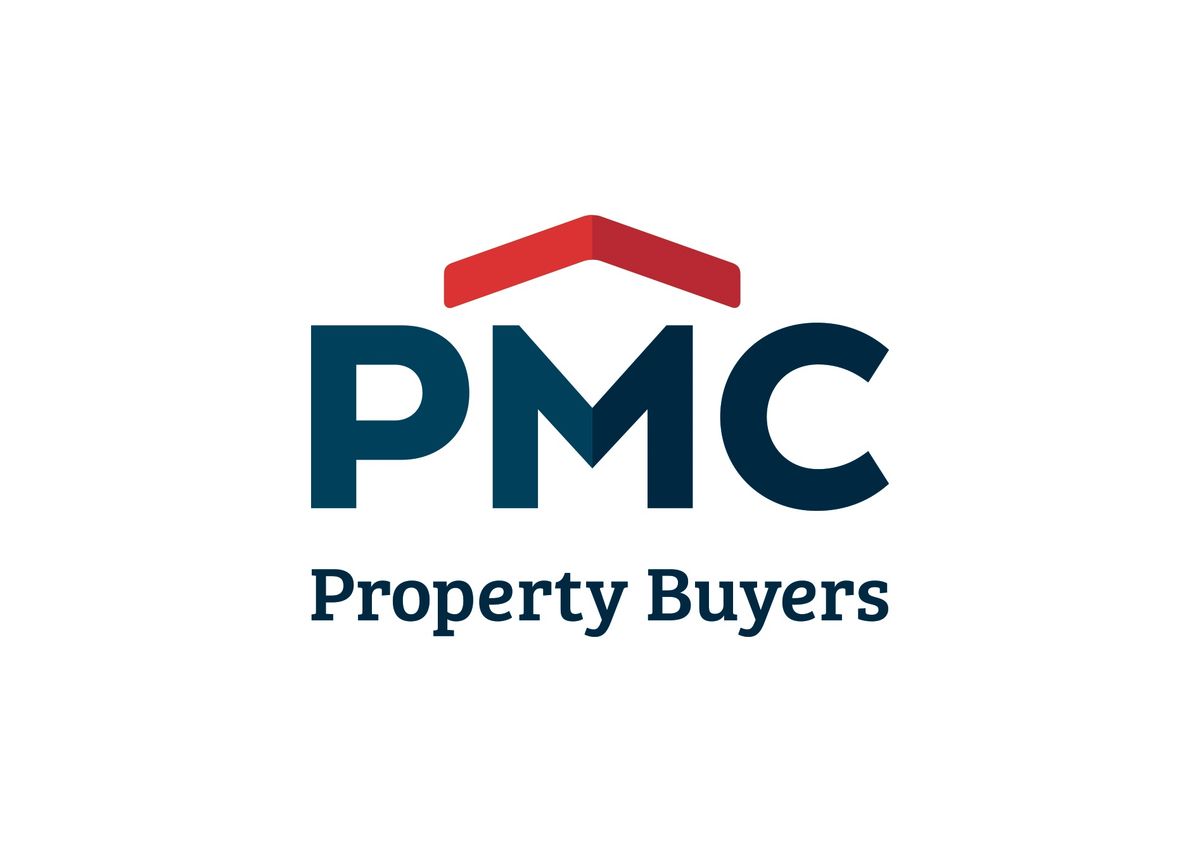While everyone's talking about waiting for interest rates to fall, smart first home buyers are recognising that right now presents the perfect storm of opportunity. Here's why acting before the anticipated rate cuts could be your best strategic move in 2025.
The Counterintuitive Truth About Rate Cuts
Most first home buyers are holding their breath, waiting for the Reserve Bank to slash rates. But here's what the data reveals: waiting for rate cuts often costs more than buying at current rates.
When rates drop, three things happen simultaneously:
- Buying power increases (good for you)
- Competition intensifies (bad for you)
- Property prices rise (very bad for you)
The net result? You might save on monthly repayments but pay significantly more for the actual property.
"In every major rate cutting cycle over the past 20 years, property prices have increased faster than borrowing costs decreased. Early buyers consistently outperform those who wait." - CoreLogic Market Analysis, 2025
Current Market Dynamics: A First Home Buyer's Paradise
Reduced Competition Levels
June 2025 buyer statistics:
- Auction clearance rates: 65% (down from 78% in late 2024)
- Days on market: 42 days (up from 28 days)
- Vendor discount expectations: 3-5% from initial asking prices
This translates to real opportunities for first home buyers who can act decisively.
Motivated Sellers
Current market conditions have created a pool of motivated sellers:
- Upgraders who need to sell before buying
- Investors facing cash flow pressures from higher rates
- Relocators with timing pressures
- Developers with settlement deadlines
These sellers are more willing to negotiate on price, settlement terms, and inclusions.
Why NOW Beats Waiting: The Mathematics
Scenario Analysis: $800,000 Property Purchase
Buying Today (6.5% interest rate):
- Purchase price: $800,000
- Monthly repayment: $3,957 (20% deposit)
- Total cost over 5 years: $1,037,420
Waiting 12 Months (5.5% interest rate, 8% price growth):
- Purchase price: $864,000 (8% increase)
- Monthly repayment: $3,872 (20% deposit)
- Total cost over 5 years: $1,096,320
Net difference: $58,900 more expensive by waiting
The Compound Effect
Property price growth compounds, while interest savings are linear. A $50,000 price increase costs you $50,000 forever. A 1% rate reduction saves you money you can recover through refinancing later.
Strategic Advantages of Acting Now
1. Access to Off-Market Opportunities
Current market conditions have increased off-market sales to 25% of all transactions. Buyer agents report unprecedented access to:
- Private treaty sales avoiding auction competition
- Developer direct sales with genuine discounts
- Distressed sales from motivated vendors
- Pocket listings not reaching public portals
2. Genuine Negotiation Power
For the first time in years, first home buyers have real negotiation leverage:
- Price reductions of 5-8% from initial asking prices
- Extended settlement periods to organise finances
- Inclusion of chattels (furniture, appliances, landscaping)
- Favourable contract terms and reduced vendor demands
3. Professional Services at Premium Value
The slower market means top professionals have more time for each client:
- Buyer agents can dedicate more attention to your search
- Mortgage brokers have capacity for detailed loan structuring
- Conveyancers can provide thorough contract reviews
- Building inspectors can offer more comprehensive assessments
Current Sweet Spot Opportunities by Location
Sydney: Outer Ring Value
Target Areas:
- Penrith/St Marys: $650,000-$750,000 median, infrastructure investment
- Campbelltown: $580,000-$680,000 median, transport connections improving
- Blacktown: $720,000-$820,000 median, established amenities
Why Now: Western Sydney infrastructure projects creating future value, current prices reflect higher interest rate environment.
Melbourne: Recovery Phase Opportunities
Target Areas:
- Melton: $480,000-$580,000 median, fastest growing corridor
- Pakenham: $520,000-$620,000 median, train line extension
- Werribee: $550,000-$650,000 median, established infrastructure
Why Now: Melbourne's recovery is creating a narrow window before interstate buyers return in force.
Brisbane: Pre-Olympics Positioning
Target Areas:
- Logan: $450,000-$550,000 median, Olympics infrastructure benefit
- Ipswich: $380,000-$480,000 median, major growth corridor
- Redcliffe: $520,000-$620,000 median, lifestyle with affordability
Why Now: Olympics infrastructure announcements will drive speculation and prices higher through 2026-2027.
Perth: Momentum Before the Crowd
Target Areas:
- Rockingham: $420,000-$520,000 median, coastal lifestyle
- Ellenbrook: $450,000-$550,000 median, family-oriented development
- Byford: $380,000-$480,000 median, emerging growth area
Why Now: Perth's growth story is gaining national attention, but prices haven't fully adjusted yet.
Government Incentives: Use Them Now
Federal Programs Available
Help to Buy Scheme:
- 40,000 places available (first-come, first-served)
- Government equity contribution up to 40%
- Significantly reduces deposit requirements
First Home Super Saver Scheme:
- Release up to $50,000 from superannuation
- Concessional tax treatment
- Can be combined with other programs
State-Based Incentives
NSW:
- First Home Owner Grant: $10,000 for new homes
- Stamp duty exemptions up to $800,000
VIC:
- First Home Owner Grant: $10,000 for new homes
- Stamp duty concessions up to $1 million
QLD:
- First Home Owner Grant: $15,000 for new homes
- Stamp duty concessions for established homes
WA:
- First Home Owner Grant: $10,000 for existing homes
- Keystart low deposit loans available
These programmes won't last forever, and some have limited places or funding.
The Professional Advantage: Why Buyer Agents Are Essential Now
Current market conditions make professional guidance more valuable than ever:
Market Intelligence
- Pricing expertise in a shifting market
- Off-market access to 25% more properties
- Vendor motivation assessment for negotiation strategy
- Future growth area identification before the crowd arrives
Negotiation Power
- Professional relationships with selling agents
- Strategic bidding in reduced competition environment
- Contract negotiation expertise for favourable terms
- Settlement coordination for complex transactions
Risk Management
- Due diligence in uncertain market conditions
- Building inspection coordination and assessment
- Legal review of contracts and conditions
- Finance approval timeline management
Financial Preparation: Getting Ready to Act
Deposit Strategy
Minimum Requirements:
- 5% deposit with Lenders Mortgage Insurance
- 10% deposit for improved loan terms
- 20% deposit for premium rates and no LMI
Deposit Sources:
- Personal savings and investments
- Family guarantee or gifted deposit
- First Home Super Saver Scheme
- Government equity programmes
Borrowing Capacity Optimisation
Income Documentation:
- 3 months payslips and employment letter
- Tax returns for self-employed applicants
- Rental income verification if applicable
- Investment income statements
Debt Management:
- Pay down credit cards and personal loans
- Avoid new credit applications before approval
- Consider debt consolidation if beneficial
- Maintain consistent employment history
Additional Costs Planning
Upfront Costs (budget 7-10% of purchase price):
- Stamp duty (varies by state and property value)
- Legal fees and conveyancing ($1,500-$3,000)
- Building and pest inspections ($500-$1,200)
- Loan application and valuation fees ($600-$1,500)
Ongoing Costs:
- Council rates and water charges
- Strata fees (for apartments/townhouses)
- Home and contents insurance
- Maintenance and repairs fund
Red Flags: When NOT to Buy Now
Despite the opportunities, avoid buying if:
- Job security concerns or probationary employment
- Deposit borrowed from credit cards or unsecured loans
- Cannot service payments at 8%+ interest rates
- Life changes planned (marriage, children, career change)
- Purely investment focused without owner-occupier intention
- Emotional decision making without proper research
Action Plan: How to Capitalise on Current Conditions
Week 1-2: Financial Foundation
- Obtain loan pre-approval from multiple lenders
- Engage a mortgage broker for competitive rates
- Organise deposit funds and verify sources
- Calculate total budget including all costs
Week 3-4: Market Research
- Identify target suburbs using growth indicators
- Research comparable sales and price trends
- Understand local amenities and infrastructure
- Connect with specialist buyer agents
Week 5-8: Active Searching
- Attend open homes and private inspections
- Submit offers on suitable properties
- Conduct due diligence on shortlisted options
- Negotiate terms with professional guidance
Week 9-12: Securing Purchase
- Exchange contracts with favorable terms
- Arrange building inspections and final approvals
- Coordinate settlement timeline and requirements
- Plan moving and property transition
Market Predictions: The Window is Closing
Next 6 Months:
- Interest rates likely to remain stable
- Property prices stabilising with modest growth
- Competition levels gradually increasing
- Government programs reaching capacity limits
6-12 Months:
- First rate cuts triggering buyer activity
- Competition returning to 2023 levels
- Property prices accelerating 6-10% annually
- Off-market opportunities diminishing
12+ Months:
- Full market recovery with intense competition
- Property prices at new highs
- First home buyers priced out of many areas
- Government programmes exhausted or scaled back
The Opportunity Cost of Waiting
Every month you wait costs you:
- $2,000-$5,000 in property price increases (average capital city)
- Access to off-market properties (25% of current sales)
- Negotiation power (vendors becoming less flexible)
- Government incentive places (limited availability)
- Professional attention (agents getting busier)
The mathematical reality is clear: the cost of waiting typically exceeds the benefit of lower interest rates.
Conclusion: The Sweet Spot is Now
The current market presents a unique convergence of factors favoring first home buyers:
- Reduced competition from other buyers
- Motivated sellers willing to negotiate
- Government incentives still available
- Professional capacity to provide premium service
- Pre-rate cut pricing before the next surge
History shows that waiting for "perfect" market conditions often means missing the best opportunities. The sweet spot for first home buyers isn't when conditions are perfect—it's when conditions favour you over other buyers.
The window is narrowing. Interest rate cuts will bring competitors back to the market, drive prices higher, and eliminate the negotiation advantages you have today.
Ready to seize your sweet spot opportunity? Connect with experienced buyer agents who understand current market dynamics and can guide you to the right property at the right price. Your future self will thank you for acting while others hesitate.
The best time to buy your first home isn't when rates are lowest—it's when you can secure the best property at the best price with the least competition. That time is now.








